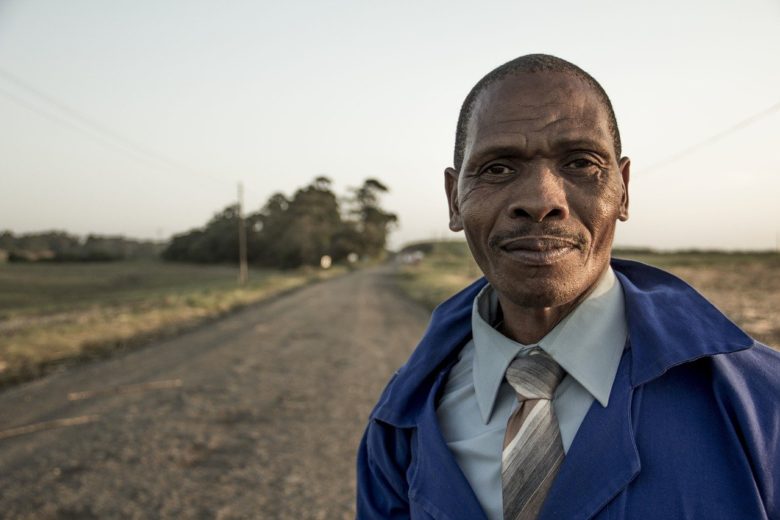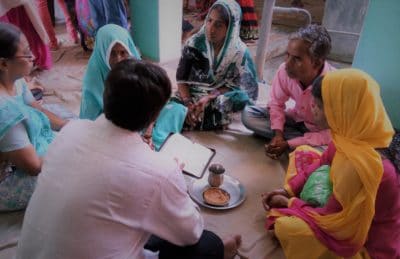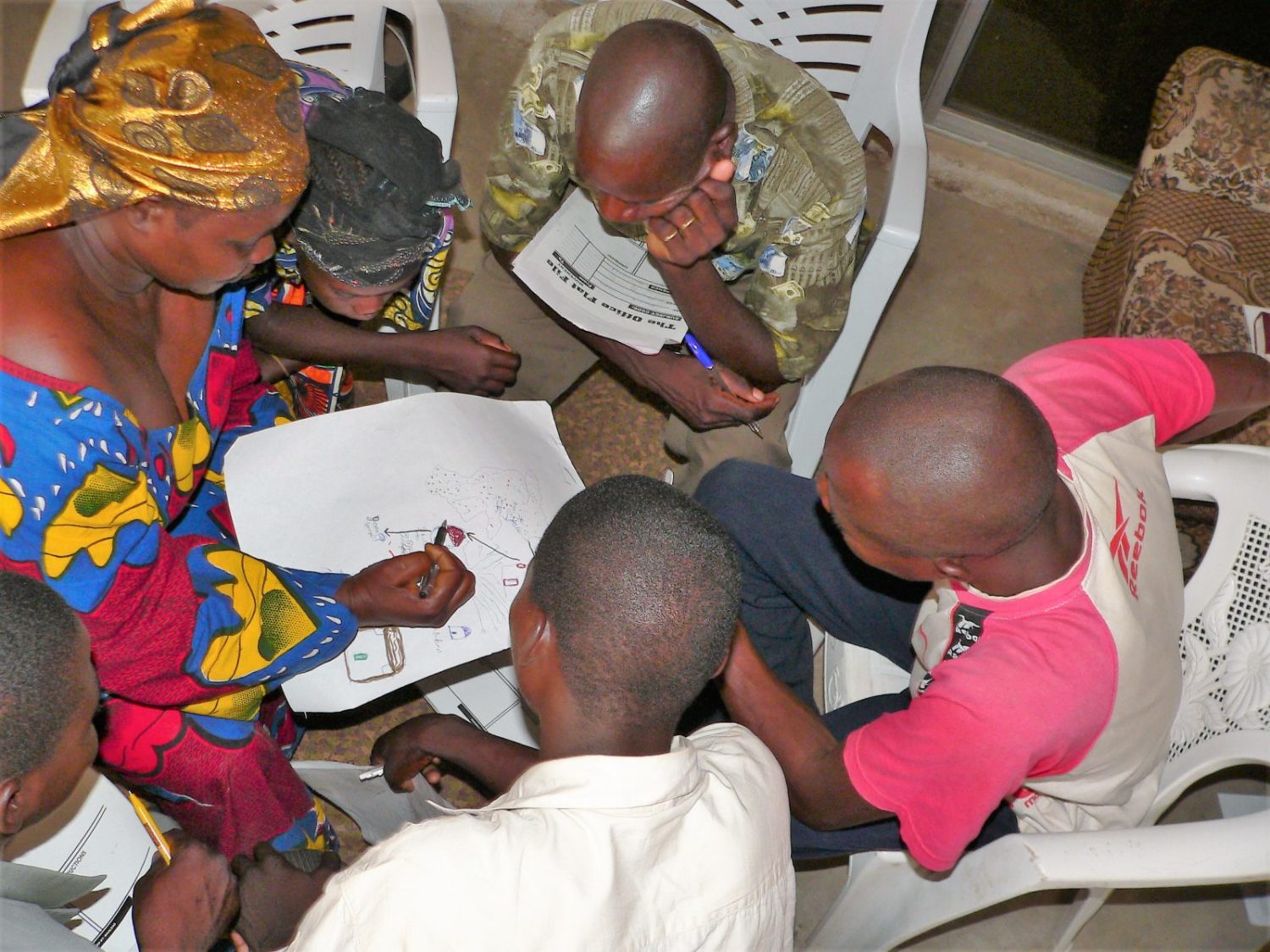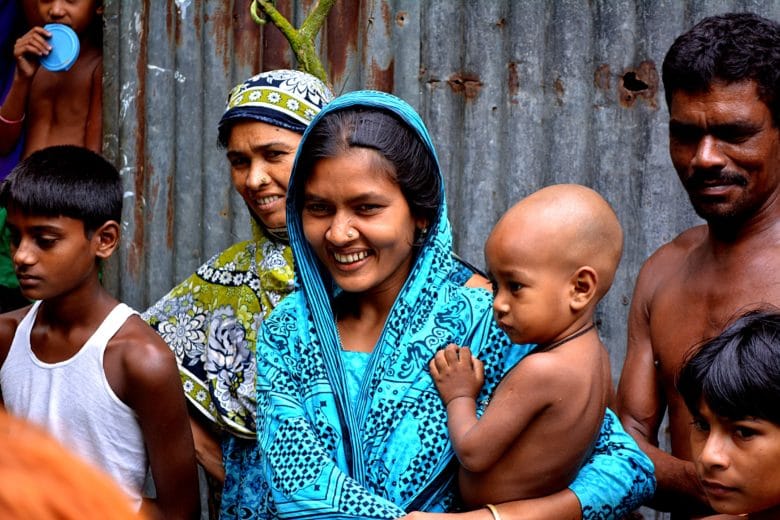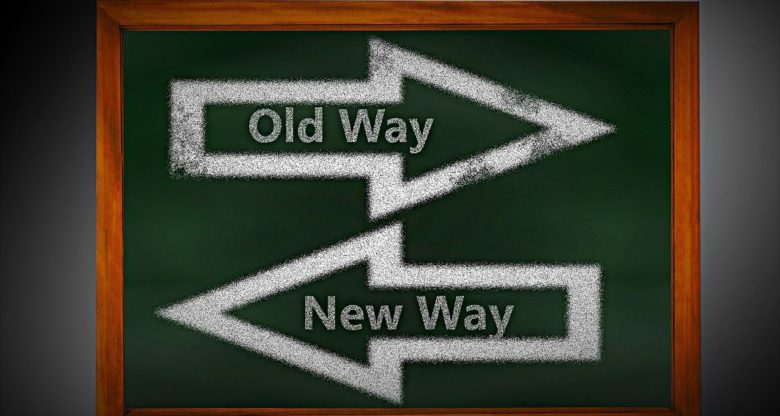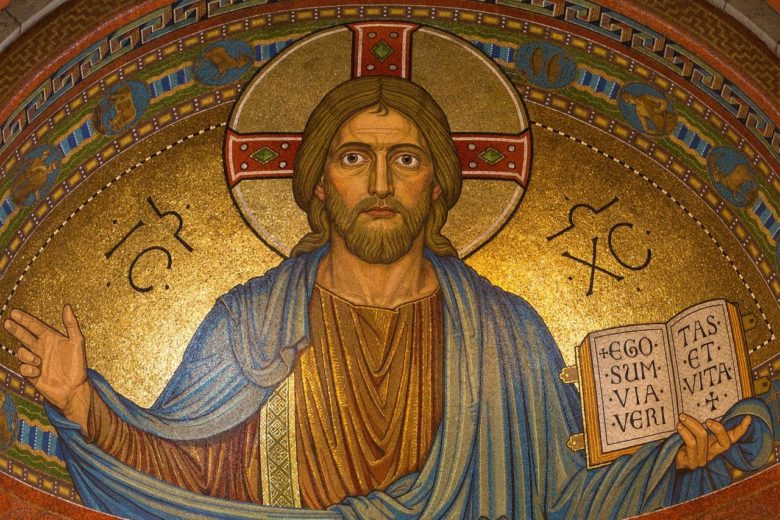But if you want to develop, to leave the legacy, to see our work continue, we need to spend time with people. So like here for Paul is telling Timothy. And Timothy, you need also to find some people whom we can trust faithful people. And, you know, to find faithful people, it takes the Holy Spirit.
They were a faithful and passionate team of local workers. They shared the gospel often and led people to the Lord. Through much hard work and prayer they had started ten 1st generation groups of disciples. Not too bad by most peoples’ standards. Generational growth in disciple-making had not begun though. They were stuck at …
A Disciple Making Movement (DMM) practitioner is always thinking about multiplication. Can those you trained, immediately train others in the same way? If not, your training style may need to be adjusted. Everything you do in disciple-making must pass the test of reproducibility. We don’t get “rabbit” churches that multiply quickly when we complicate things. Did …
This week I’m privileged to introduce you to a fellow trainer and coach. In this short video, he addresses the question of how DMMs grow, strictly from a New Testament perspective. In Disciple Making Movements, everything we do and train others to do needs to be built on the foundation of what we see in …
Imagine someone running in a baton race carrying a large, heavy piece of wood. It would be hard to pass on to the next runner, right? One person may be large and strong and able to run with it. But the next runner may not. Discipleship groups are very similar to this. The baton …
My husband and I like to run half-marathons together. A few years ago, we were running a race in a South Asian city. The day before the race, one of the church planters there heard about our upcoming event. Excitedly he declared, “Next year I will run the race with you!” I looked at his …
Recently, I had the privilege of sitting down for a conversation with the leader of a growing movement in India. Knowing my readers would not have that same opportunity, I decided to record our conversation and share it with my readers. C. Anderson: How did you begin your disciple-making work? Movement Leader: We began by …
You suddenly notice ceiling lamps swinging wildly for a few seconds, or something more severe. What you are experiencing is an earthquake. An earthquake happens when tectonic plates under the earth’s surface shift. In DMMs we need mindsets to shift below the surface of our lives. These shifts loosen and unlock the release of multiplication. …
Can a layperson or woman baptize? Are baby dedications important or should we baptize the babies of Christian parents? Do pastors need to wear a tie when they preach? These and many other questions we face have a lot to do with church traditions. When we go to the Word of God, on many of …
If you’ve been around DMMs much, you’ve likely heard the term “generational growth.” There is nothing related to DMM terminology that I’ve seen more people get confused about that this! In the picture above you see three generations. Mom and Dad, daughters, and a granddaughter. What does it mean when we refer to second or …
